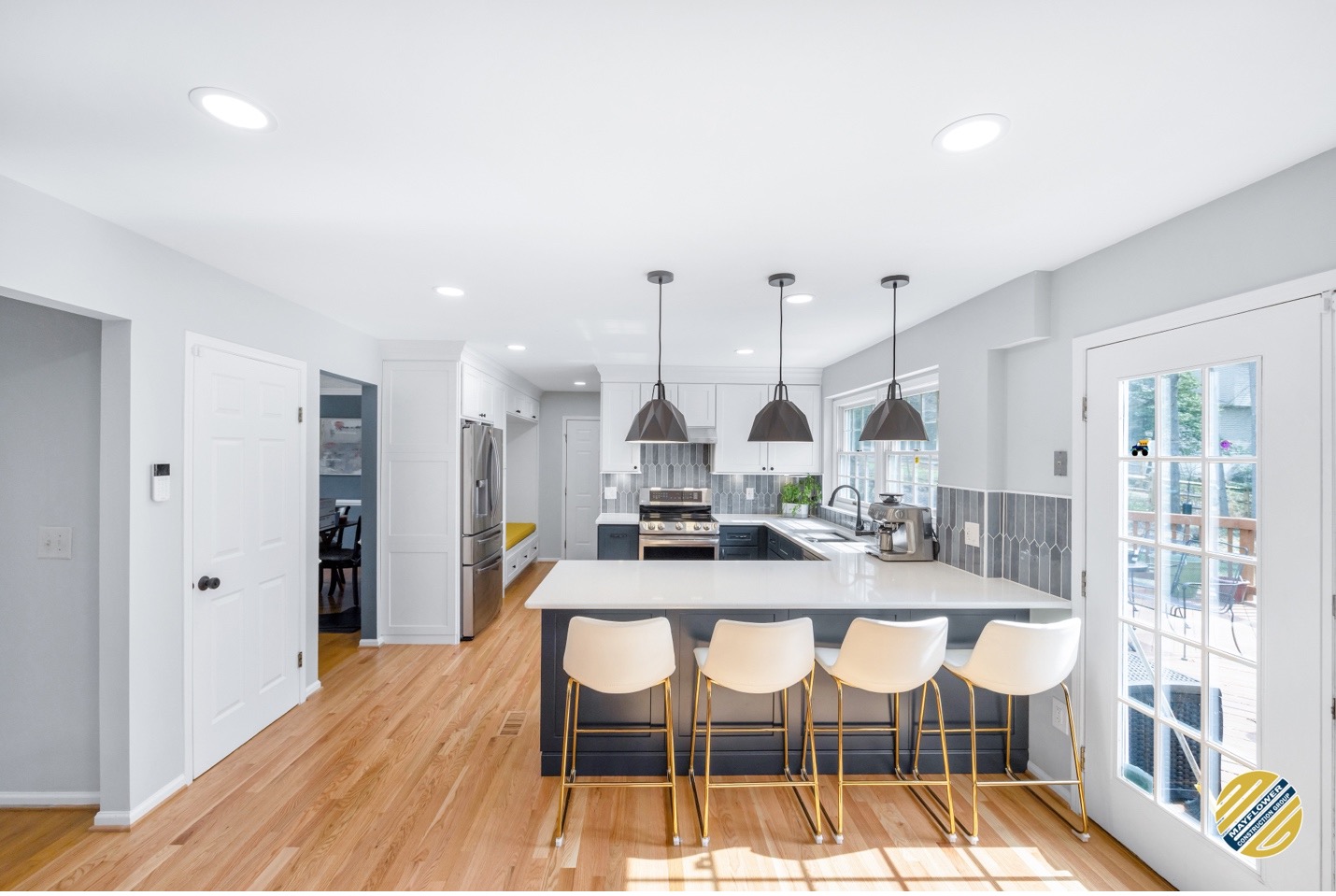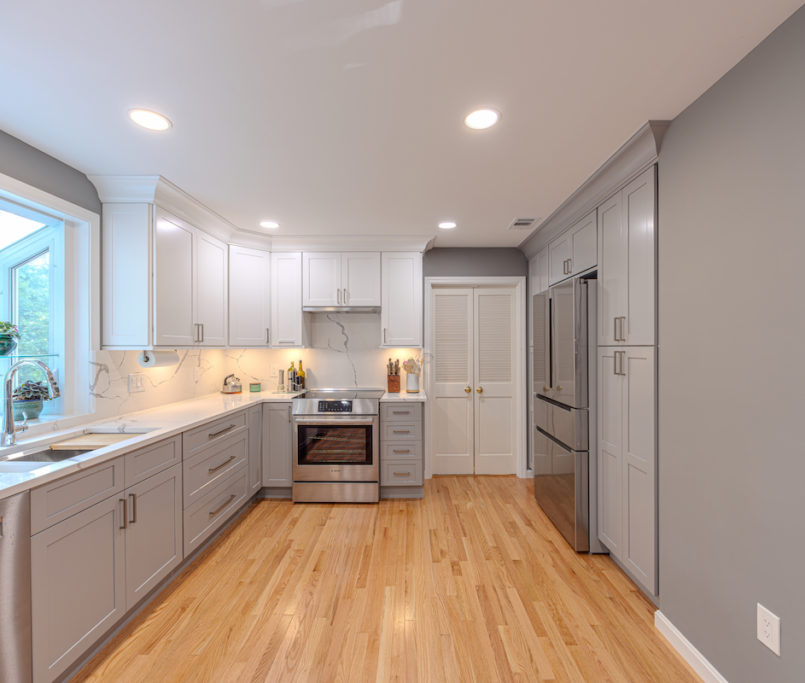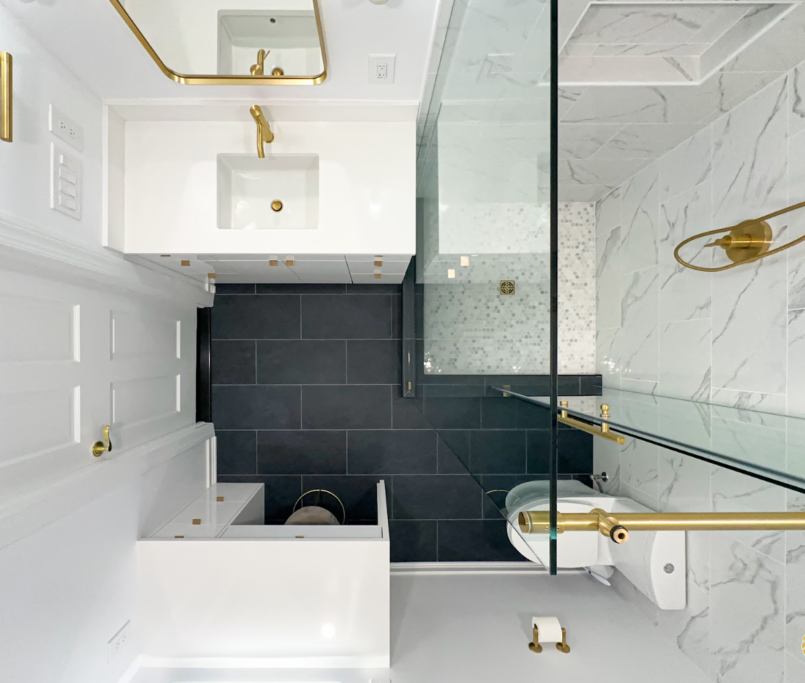Five Reasons Why Remodeling Projects Fail
We’ve all heard the horror stories. A friend or a neighbor trusts a contractor who promises to build their dream renovation and suddenly, they’re in a nightmare. The project lasts forever, doesn’t turn out the way they envisioned, and costs way more than what they were quoted. To make things worse, the materials start breaking after the renovation is completed and the contractor won’t respond to phone calls or emails. When I go to in home consultations, that’s everyone’s biggest fear.
Every contractor you interview assures you they will deliver what they promise, but how do you know who to trust? Avoiding a disastrous remodel starts with understanding why remodeling projects fail. We’ve identified the top five reasons:
1 . No Clearly Defined Scope of Work
Before making a down payment, you should have a detailed contract that clearly states exactly what your contractor is going to do. This list should match your expectations and you and your contractor should clearly understand what is included and what’s not included. Without a clear scope of work, there is no way your contractor can give you a realistic budget or timeframe. Let’s say you have an open concept floorplan, and your contractor is working in your kitchen only. You might assume while they are painting that if you’ve chosen a new color, they will automatically paint adjoining walls immediately outside the kitchen. Your contractor might assume he’s painting to match the wall color of any wall that continues into another room. If this isn’t written in your contract, you won’t discover this misunderstanding until your contractor starts painting. If your contractor didn’t price this into their original estimate, they will fight for a change order. You’ll also have a delay as your contractor will have to paint more than they expected. A series of small scope misunderstandings is how project costs creep up and how a renovation slated for a few weeks turns into a few months.
2 . No Material or Design Review
Before approving your final design and authorizing material purchases, you should have a clear idea of what your finishing renovation will look like. Website visuals can give you a good idea, but you should always see physical samples of as many of your finishing materials as possible. Tiles, counters, and vanities are the most important items to view. You’d be surprised how many people love a tile on the website and then hate it when they see it in person. If you discover you hate a tile while it’s being installed, you’ll either have to live with it or go through the expense and delay of picking out a new one and replacing it. If your project involves a layout change, you should have an electronic image of the new layout to make sure you understand what your contractor will be building. If you’ve only talked about it or just have a rough sketch, you’re in for a surprise if your contractor interprets an idea or an image differently than you do.

3. Construction Delays
Construction delays are by far the biggest reason why remodeling projects fail. While some mistakes are caused by misunderstanding on the scope of work, design, or material; a lot of delays on construction come because your contractor isn’t prepared. Below are the top five reasons for contractor caused delays:
i. Mistakes
Inexperienced contractors don’t have a lot of practice especially when dealing with complex installations. If they make a mistake and you notice, they will need to correct it which will extend your project length.
ii. Lack of planning
For a project to run on time, it needs to be thought through and planned out in advance. Your field team should know what they are doing on what day and have all templates and installations scheduled for any custom cut portions of your job. If your contractor just starts working and plays it by ear, you can expect that the project length they promised you is just a guess.
iii. Cash flow
We all like to think that the money we pay our contractor goes solely to our own project, but most contractors combine all client payments to one account which is used to supply all construction and operational expenses. This is fine for a large company who has multiple sources of revenue, but if you are your contractor’s sole source of revenue, it’s possible that your money will be spent to fund day to day expenses rather than, say, placing a large down payment on a cabinet or countertop order. With high end projects especially, cabinetry and countertop orders are tens of thousands of dollars. If your contractor is struggling internally with cash flow, you may have construction stalled while your materials are mysteriously on backorder.
iv. Materials are backordered
There’s also a possibility that your materials are genuinely backordered. If your contractor does not have a vendor relationship with your material suppliers and just ordered them through a third-party company, they will have no clout to demand their order be given a high priority from the vendor.
v. Materials were ordered incorrectly
You contractor might make a mistake while placing their order and get the wrong color or size. If the material shows up and either doesn’t fit or is clearly not the sample you viewed, you’ll have a delay while you wait for a replacement.
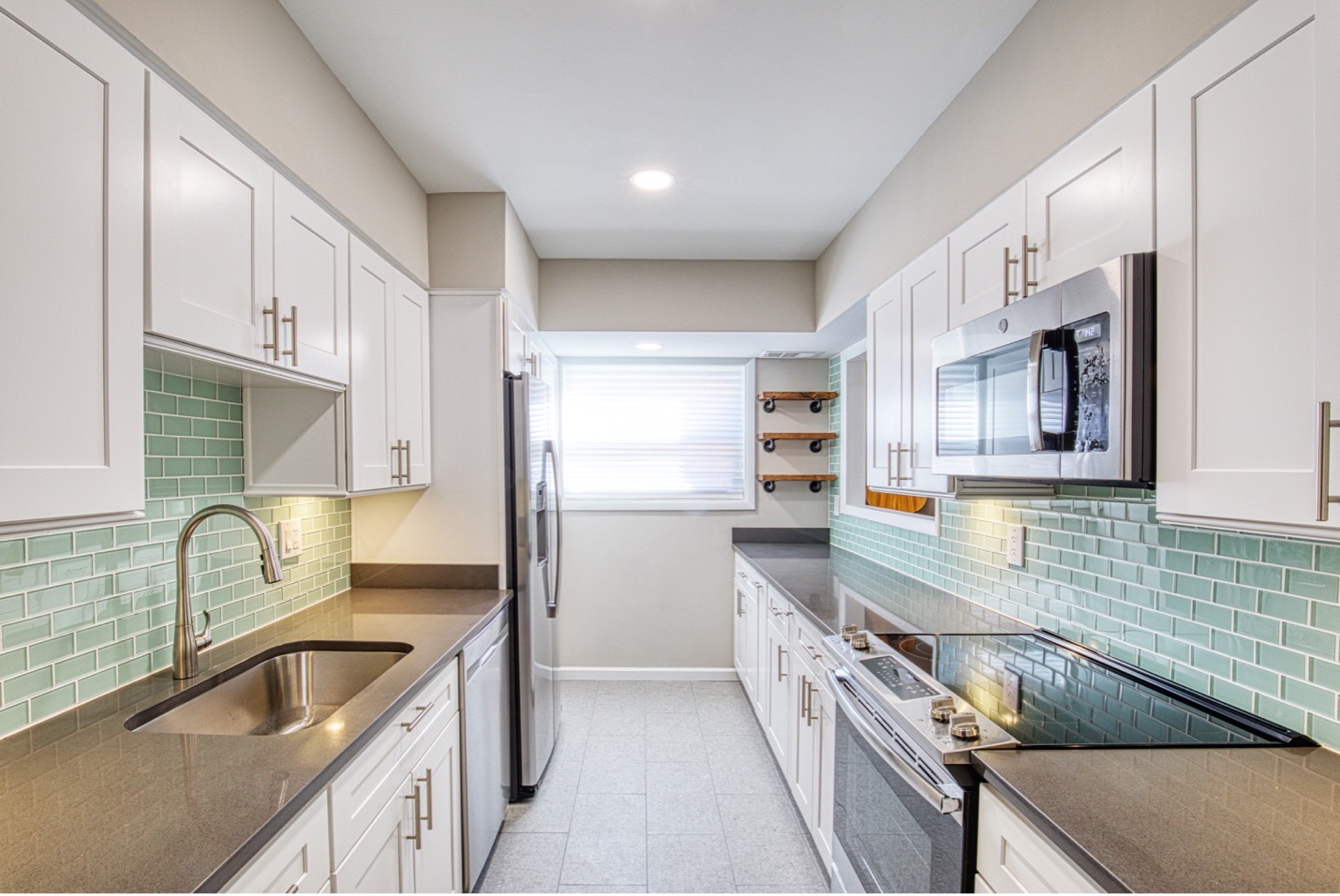
4 . No Project Manager or Dedicated Field Team
A lot of smaller contractors are working on the field themselves with one or two helpers. This means they are not able to do higher level planning as they are busy actually completing construction themselves. The most efficient renovations have a project manager who doesn’t physically work on the field, but who handles the backend logistics and oversees the field team to make sure everything is happening according to schedule. Efficient projects also have their own dedicated field team. If you do not, your field team will split their time between multiple jobs which will ultimately make your project last longer.
5 . No Permits for Major Projects
If you have a project that involves extensive redesign, it’s imperative that you open a permit. While it’s not always helpful to have the county inspecting your house for every code violation, the overall intension behind having a permitting department is to protect homeowners. The everyday homeowner has no idea what proper electrical, mechanical and plumbing rough ins look like so it’s good to have a professional inspect your contractor’s work before it’s hidden behind your walls. It may not have an immediate effect, but remodels that are not properly roughed-in will fail down the line and cause leaks, fires, or worse! You can certainly do a basic aesthetic update without a permit, but major remodels should always have a county inspection.
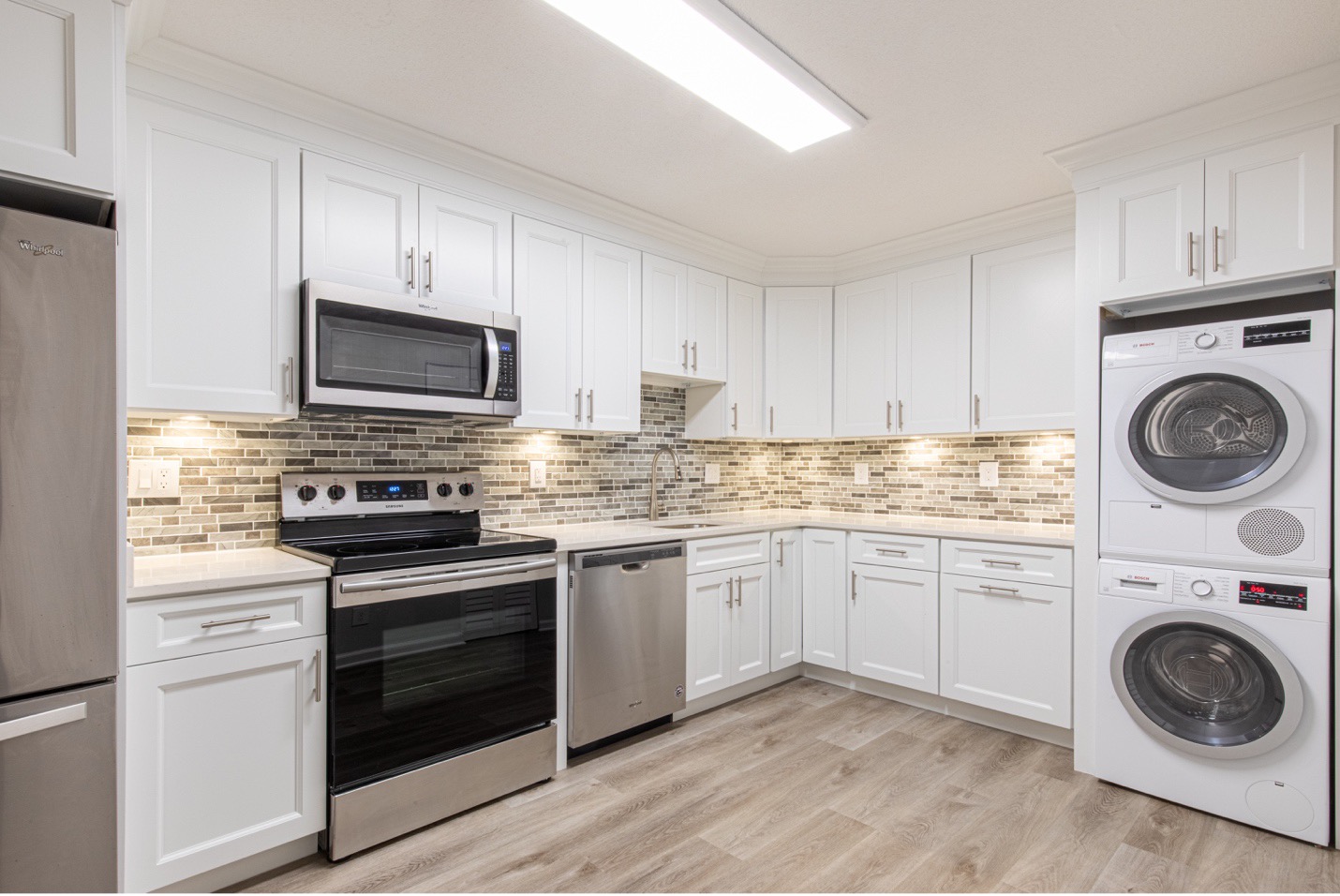
So now what? You understand why renovations fail, but how do you separate the good contractors from the bad? Stay tuned for our next blog where we’ll discuss the traits of top remodelers. Armed with an understanding of why remodels fail and an understanding of what makes a good contractor, you’ll know exactly what to ask as you begin interviewing potential remodeling teams. If you’re ready to start the process, give Mayflower a call. We’ll guide you towards a successful and happy renovation!

